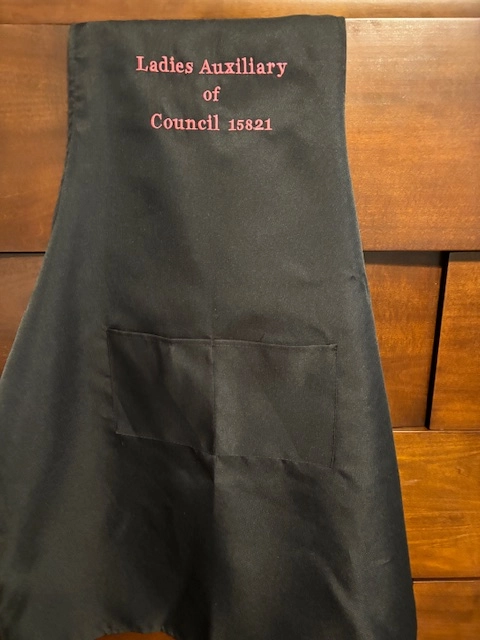Customized Embroidery for All Your Needs - From School Uniforms to Sports Teams
Customized Embroidery for All Your Needs - From School Uniforms to Sports Teams
Blog Article
The Art of Custom Embroidery: Unlocking the Secrets to Creating Unique and Memorable Designs
The secrets to creating personalized needlework designs that astound the eye and leave an enduring perception lie in a fragile equilibrium of technique, creative thinking, and interest to detail. As we delve into the world of custom needlework, we uncover the nuanced interaction between string choice, stitch intricacy, and design customization that elevates a plain garment to a work of art.
Picking the Right Embroidery Threads
When choosing needlework threads, what crucial variables should you consider to make sure the best results for your custom-made layouts? The selection of embroidery thread is important in establishing the final outcome of your embroidered style. One of the main factors to consider is the material of the string. Different materials such as cotton, polyester, rayon, and silk supply varying degrees of shine, durability, and appearance. It is important to select a thread product that complements the fabric you are embroidering on and lines up with the wanted appearance of the layout.
Additionally, the weight or thickness of the thread plays a significant duty in the look of the embroidery. Thicker threads can include measurement and structure to your layout, while finer strings are optimal for elaborate details and tiny message. Furthermore, thinking about the shade fastness and washability of the string is critical to make certain that your custom-made styles maintain their top quality and vibrancy gradually. By thoroughly evaluating these variables and picking premium threads that meet your certain requirements, you can boost the visual charm and durability of your embroidered creations.
Checking Out Various Stitch Methods
To explore the realm of 'Discovering Various Stitch Techniques', one need to grasp the ins and outs and nuances that each stitching approach gives the art of needlework. Different stitch methods not just include visual rate of interest yet also add to the total texture and dimension of the design. One preferred stitch technique is the satin stitch, which includes very closely packed parallel stitches to produce a smooth and glossy surface, suitable for completing forms and creating bold details.
On the various other hand, the backstitch is a versatile method commonly made use of for outlining and adding fine information. It entails sewing backward to create a solid line of embroidery. Furthermore, the French knot stitch includes a responsive component to layouts, perfect for creating textured accents like flower centers or decorative touches.
Checking out different stitch methods enables embroiderers to have fun with light, shadow, and depth within their layouts, boosting the aesthetic allure and imaginative top quality of their needlework tasks. By understanding numerous sewing approaches, one can open countless opportunities for producing special and remarkable custom-made needlework pieces.
Incorporating Personalized Style Aspects
Having actually checked out the details of various stitch methods such as the satin stitch, backstitch, and French knot, the focus currently changes towards integrating customized design components in personalized needlework projects. Individualized style components play a critical duty in making needlework jobs truly special and memorable.
One more way to integrate personalized style elements is by including icons or motifs that hold unique meaning to the recipient or show their passions and character. For instance, incorporating a preferred blossom, pet, or hobby-related symbol can make the needlework layout much more purposeful and personalized. Additionally, selecting shades that reverberate with the recipient or align with the designated style can better enhance the personalization of the embroidery job.
Understanding the Art of Shade Coordination
One trick element of shade control is comprehending shade concept. This includes understanding just how different colors connect with each various other, the feelings they convey, and just how they can be integrated to create aesthetically enticing designs. By applying shade concept concepts, embroiderers can create harmonious color combinations that improve the total appearance of the design.
Furthermore, focusing on custom tailored suits comparison is critical in color coordination. Using contrasting shades can aid particular elements of the sites design pop, improve readability, and create an aesthetically dynamic needlework piece. By mastering the art of color coordination, embroiderers can boost their designs and create unforgettable pieces that resonate with clients and viewers alike.
Enhancing Structure With Advanced Needlework Stitches

Bullion knots, on the various other hand, can be utilized to produce twisted, ropelike aspects that add a lavish feeling to the embroidery. Exploring with these advanced embroidery stitches permits you to push the boundaries of traditional needlework and produce truly one-of-a-kind and aesthetically appealing appearances in your styles.
Final Thought
To conclude, the art of personalized embroidery involves a mix of choosing the appropriate strings, exploring numerous stitch methods, incorporating individualized style aspects, understanding color control, and improving appearance with sophisticated stitches. By understanding and carrying out these crucial elements, embroiderers can create one-of-a-kind and memorable layouts that showcase their creativity and skill. Embroidery fanatics can open the tricks to producing stunning and bespoke items that stand out and leave an enduring impact.
Report this page